As a contractor, choosing the right type of masonry anchor is crucial to ensure the stability and safety of the structure you are building. With so many options available, it can be overwhelming to decide which one to use. In this comprehensive guide, I will discuss the different types of masonry anchors available and provide tips on how to select and install them properly.
Table of Contents
Introduction to Masonry Anchors
Masonry anchors are devices used to secure objects to walls or other structures made of masonry materials such as brick, concrete, or stone. They are designed to transfer loads from the object being attached to the masonry structure, providing a secure and stable connection. There are different types of masonry anchors available, each with its own advantages and disadvantages.
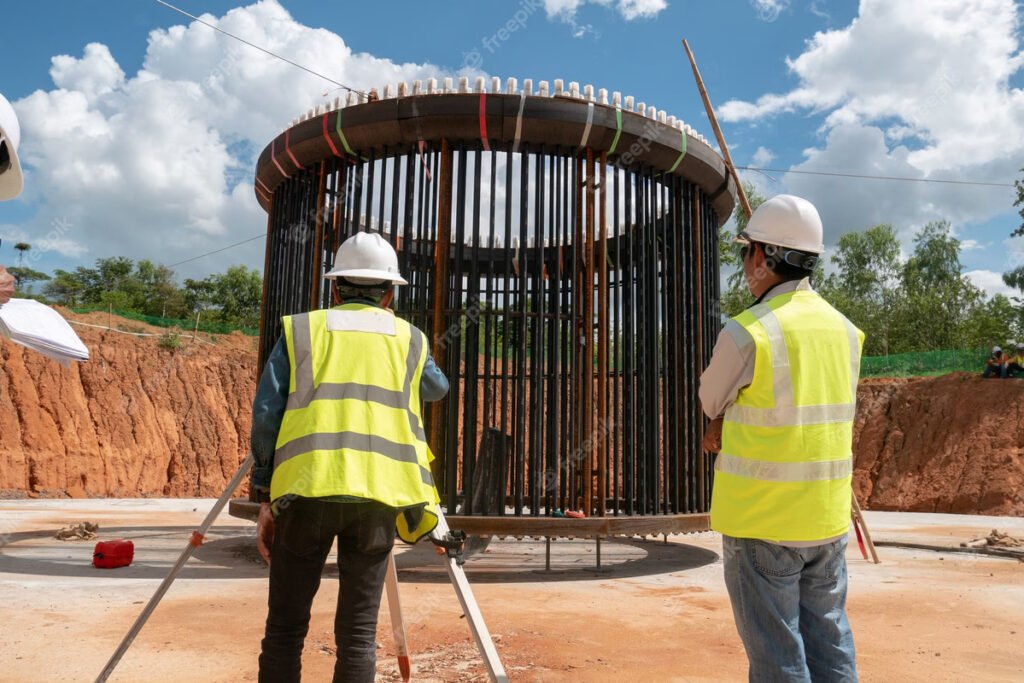
Types of Masonry Anchors – Mechanical Anchors
Mechanical anchors are the most commonly used type of masonry anchors. They work by expanding or contracting to grip the masonry material and create a secure hold. There are several types of mechanical anchors available, each with its own unique design and installation method.
Expansion Anchors
Expansion anchors are one of the most popular types of mechanical anchors. They work by expanding once installed, creating a tight grip on the masonry material. They are easy to install and can be used in a variety of applications. However, they are not suitable for use in soft or brittle masonry materials.
Screw Anchors
Screw anchors are another type of mechanical anchor that is easy to install. They work by being screwed into the masonry material, creating a secure hold. They are versatile and can be used in a variety of applications. However, they are not suitable for use in overhead applications or in soft or brittle masonry materials.
Hammer-Driven Anchors
Hammer-driven anchors are a type of mechanical anchor that is installed using a hammer drill. They work by expanding once installed, creating a tight grip on the masonry material. They are easy to install and can be used in a variety of applications. However, they are not suitable for use in soft or brittle masonry materials.
Pin Anchors
Pin anchors are a type of mechanical anchor that is installed using a hammer drill. They work by expanding once installed, creating a tight grip on the masonry material. They are easy to install and can be used in a variety of applications. However, they are not suitable for use in soft or brittle masonry materials.
Types of Masonry Anchors – Adhesive Anchors
Adhesive anchors are another type of masonry anchor that is commonly used. They work by bonding the anchor to the masonry material using an adhesive. They are easy to install and can be used in a variety of applications. However, they are not suitable for use in high-load applications.
Epoxy Anchors
Epoxy anchors are a type of adhesive anchor that is commonly used. They work by bonding the anchor to the masonry material using an epoxy adhesive. They are easy to install and can be used in a variety of applications. However, they are not suitable for use in high-load applications.
Chemical Anchors
Chemical anchors are another type of adhesive anchor that is commonly used. They work by bonding the anchor to the masonry material using a chemical adhesive. They are easy to install and can be used in a variety of applications. However, they are not suitable for use in high-load applications.
Types of Masonry Anchors – Undercut Anchors
Undercut anchors are a type of masonry anchor that is commonly used in high-load applications. They work by creating a threaded connection with the masonry material, providing a secure and stable hold. They are easy to install and can be used in a variety of applications. However, they are not suitable for use in soft or brittle masonry materials.
Types of Masonry Anchors – Sleeve Anchors
Sleeve anchors are another type of masonry anchor that is commonly used. They work by expanding once installed, creating a tight grip on the masonry material. They are easy to install and can be used in a variety of applications. However, they are not suitable for use in soft or brittle masonry materials.
Types of Masonry Anchors – Wedge Anchors
Wedge anchors are a type of masonry anchor that is commonly used in high-load applications. They work by expanding once installed, creating a tight grip on the masonry material. They are easy to install and can be used in a variety of applications. However, they are not suitable for use in soft or brittle masonry materials.
Types of Masonry Anchors – Drop-In Anchors
Drop-in anchors are another type of masonry anchor that is commonly used. They work by being dropped into a pre-drilled hole in the masonry material, creating a secure hold. They are easy to install and can be used in a variety of applications. However, they are not suitable for use in high-load applications.
Factors to Consider When Selecting Masonry Anchors
When selecting a masonry anchor, there are several factors to consider. These include the type of masonry material, the load capacity required, the type of object being attached, and the installation method. It is important to choose an anchor that is suitable for the specific application to ensure a secure and stable connection.
Installation Tips for Different Types of Masonry Anchors
Each type of masonry anchor has its own unique installation method. It is important to follow the manufacturer’s instructions carefully to ensure proper installation. Some general tips for installing masonry anchors include:
- Use a hammer drill or rotary hammer to create the hole for the anchor
- Clean the hole thoroughly before installing the anchor
- Use the correct size and type of anchor for the application
- Use the correct installation tool for the anchor
- Make sure the anchor is installed to the correct depth
- Allow the adhesive to cure fully before applying any load to the anchor
Common Mistakes to Avoid When Using Masonry Anchors
There are several common mistakes to avoid when using masonry anchors. These include:
- Using the wrong type of anchor for the application
- Using an anchor that is too small for the load
- Not installing the anchor to the correct depth
- Not allowing the adhesive to cure fully before applying any load to the anchor
- Over-tightening the anchor, which can cause it to fail
Best Practices for Using Masonry Anchors
To ensure the best possible results when using masonry anchors, it is important to follow best practices. These include:
- Choosing the right type of anchor for the application
- Using the correct size and type of anchor for the load
- Following the manufacturer’s instructions carefully
- Testing the anchor before applying any load to ensure a secure hold
- Inspecting the anchor regularly to ensure it remains secure
Conclusion
Choosing the right type of masonry anchor is important for ensuring the stability and safety of the structure you are building. With so many options available, it can be overwhelming to decide which one to use. By understanding the different types of masonry anchors available and following best practices for installation and use, you can ensure a secure and stable connection.
Disclaimer: This article is intended for informational purposes only and does not constitute professional advice. Always consult with a licensed contractor or construction professional for your specific needs.

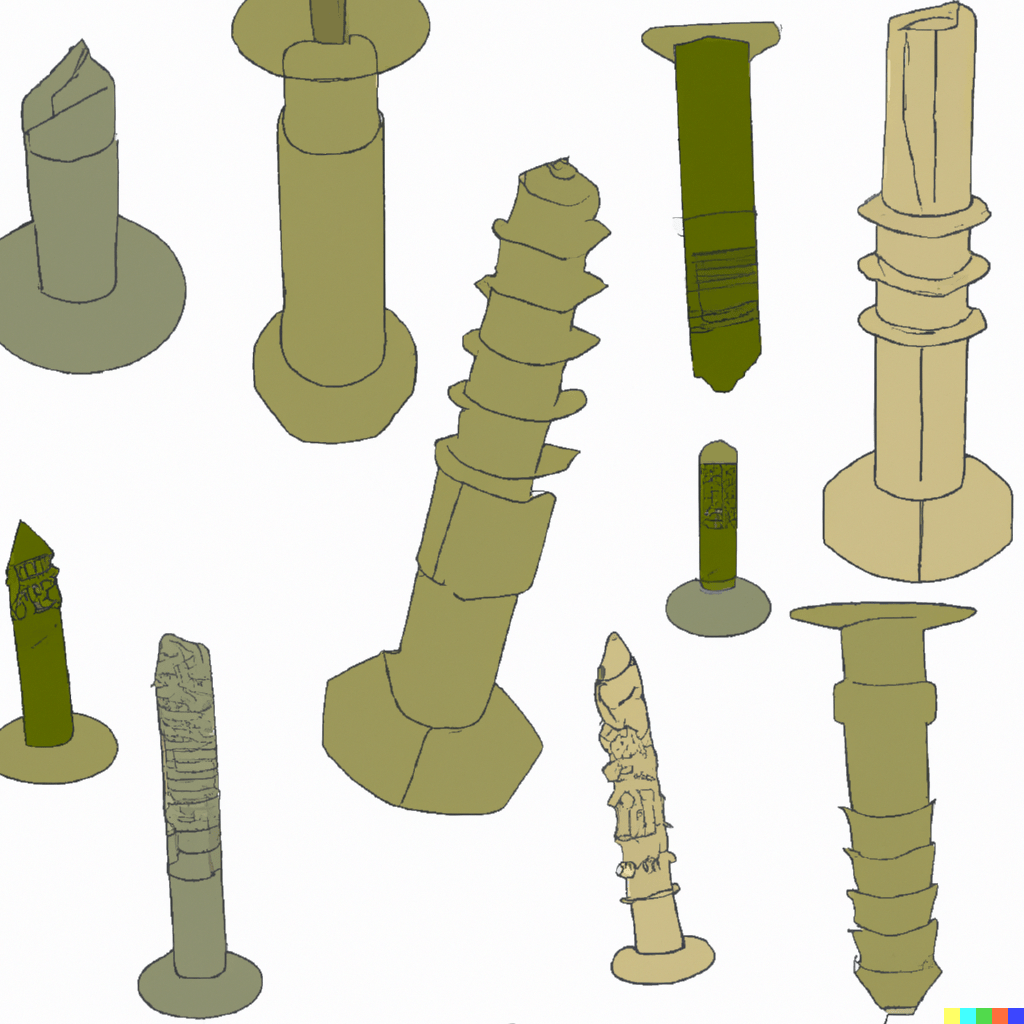
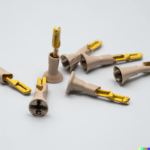
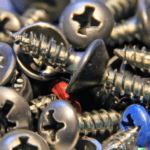
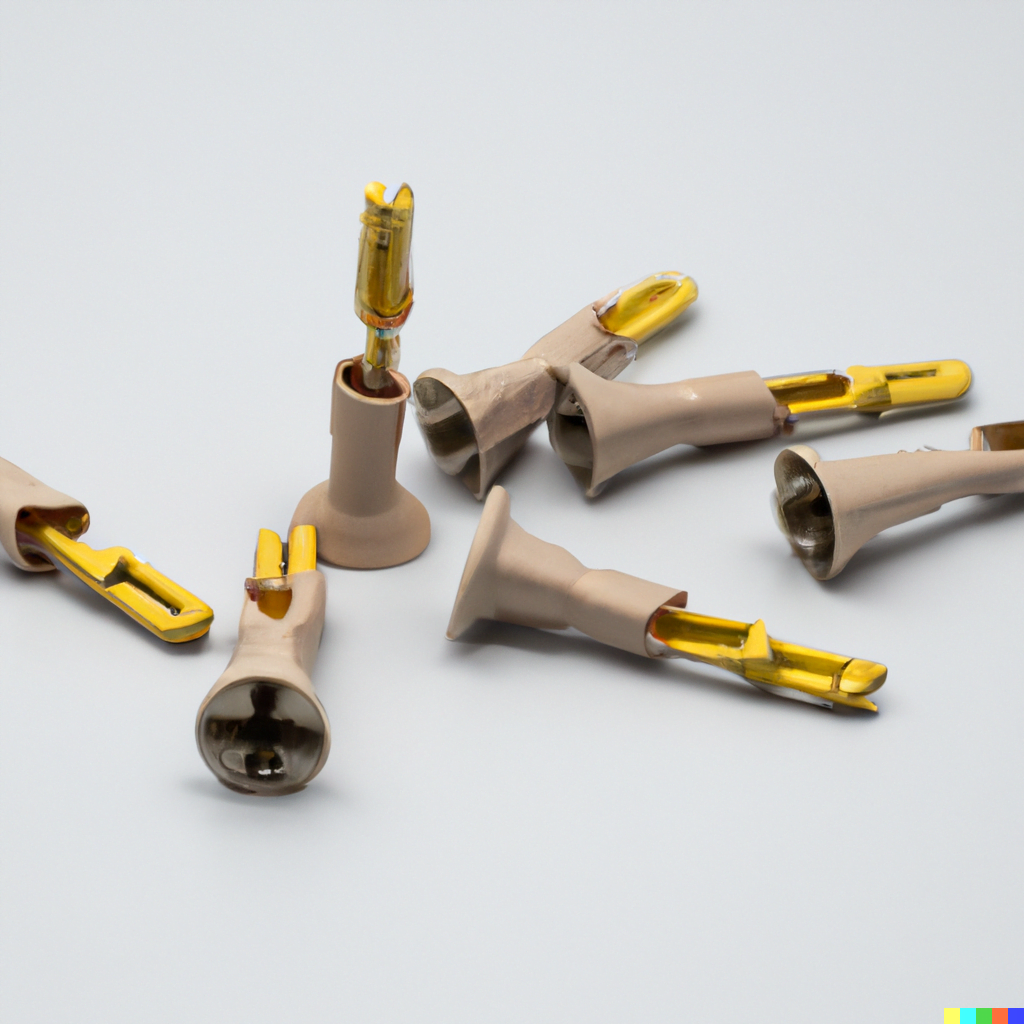
No Comments